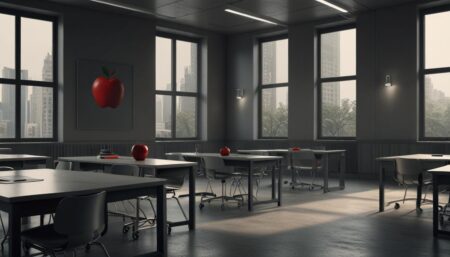The integration of artificial intelligence in architecture poses a significant challenge due to the distinction between creative processes and algorithmic mimicry. Insufficient computing power and the elusive nature of genuine creativity are identified as key obstacles, requiring a careful balance for meaningful advancements in the field.
The integration of artificial intelligence (AI) in the field of architecture remains a complex challenge, rooted in the distinction between true creative processes and algorithmic mimicry. Architects and AI developers often confront a gap in understanding, as current AI lacks the innate creativity required for authentic architectural tasks. Two main obstacles are identified: insufficient computing power and the inherently elusive nature of genuine creativity.
In architecture, true creativity, or poiésis, is distinct from mimetic, parameter-based approaches typical of AI and computer-aided design (CAD) tools. Authentic architectural design processes begin long before formal parameters are applied, a phase many in and out of the profession overlook. This oversight leads to undervaluation of the architectural profession and misguided efforts to replicate genuine creativity with parametric methods.
Modern AI applications in architecture, such as those developed by Phillip Isola’s group, Kyle Steinfeld, DeepHimmelb(l)au, and others, often fall short of contributing meaningful architectural workflows or solutions. Tools like Spacemaker, Cove.tool, and Creo provide valuable functionalities but are sometimes mistaken for true AI. The transition from Spacemaker to Autodesk Forma highlights the evolving nature of such software.
Meanwhile, AI platforms like XKool in Shenzhen demonstrate promise by efficiently analyzing and generating architectural designs based on patterns, although access and practical testing remain constrained. Another example is MVRDV NEXT, part of global studio MVRDV, which successfully integrates computational methods in projects like the award-winning Valley in Amsterdam without overemphasizing AI terminology.
In conclusion, while AI contributes to certain aspects of architectural design, it is crucial to distinguish between parameter-driven processes and authentic creative endeavors. True advancements in AI for architecture may pivot towards reinforcement learning and other innovative strategies, enhancing both the analytical and creative capacities of architectural practice.










